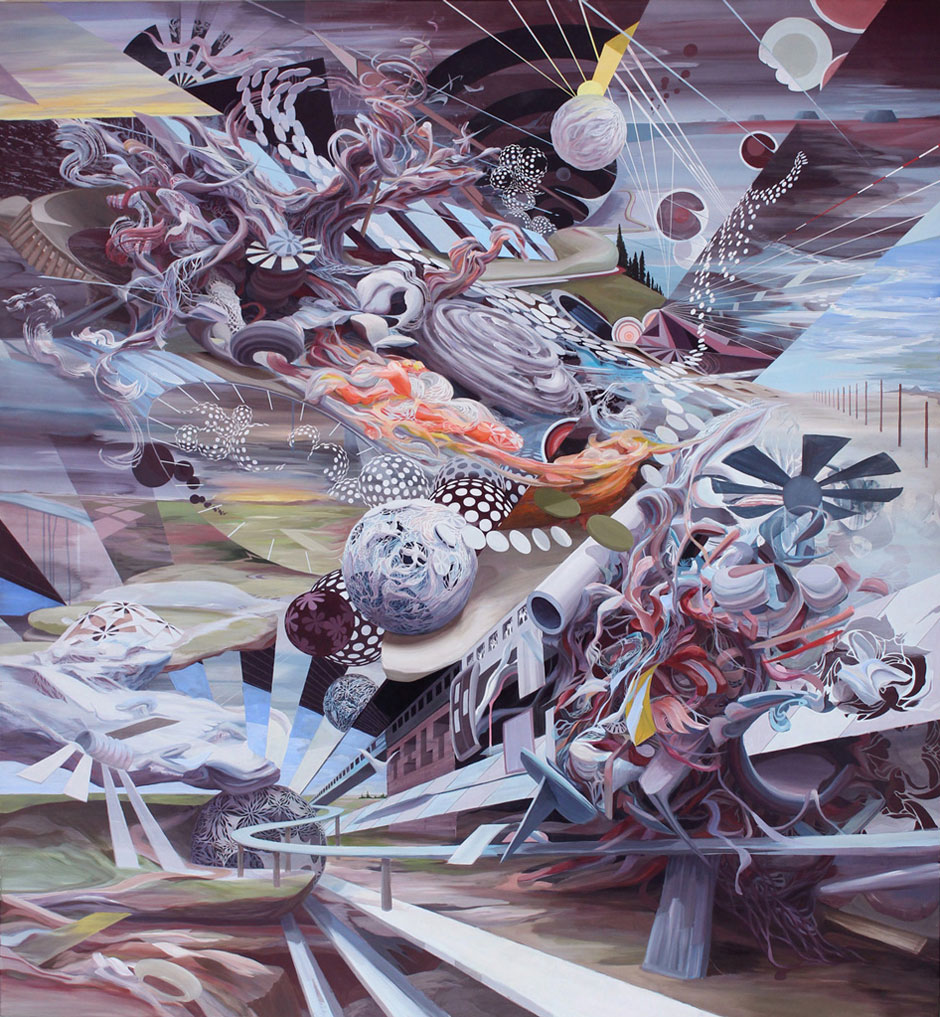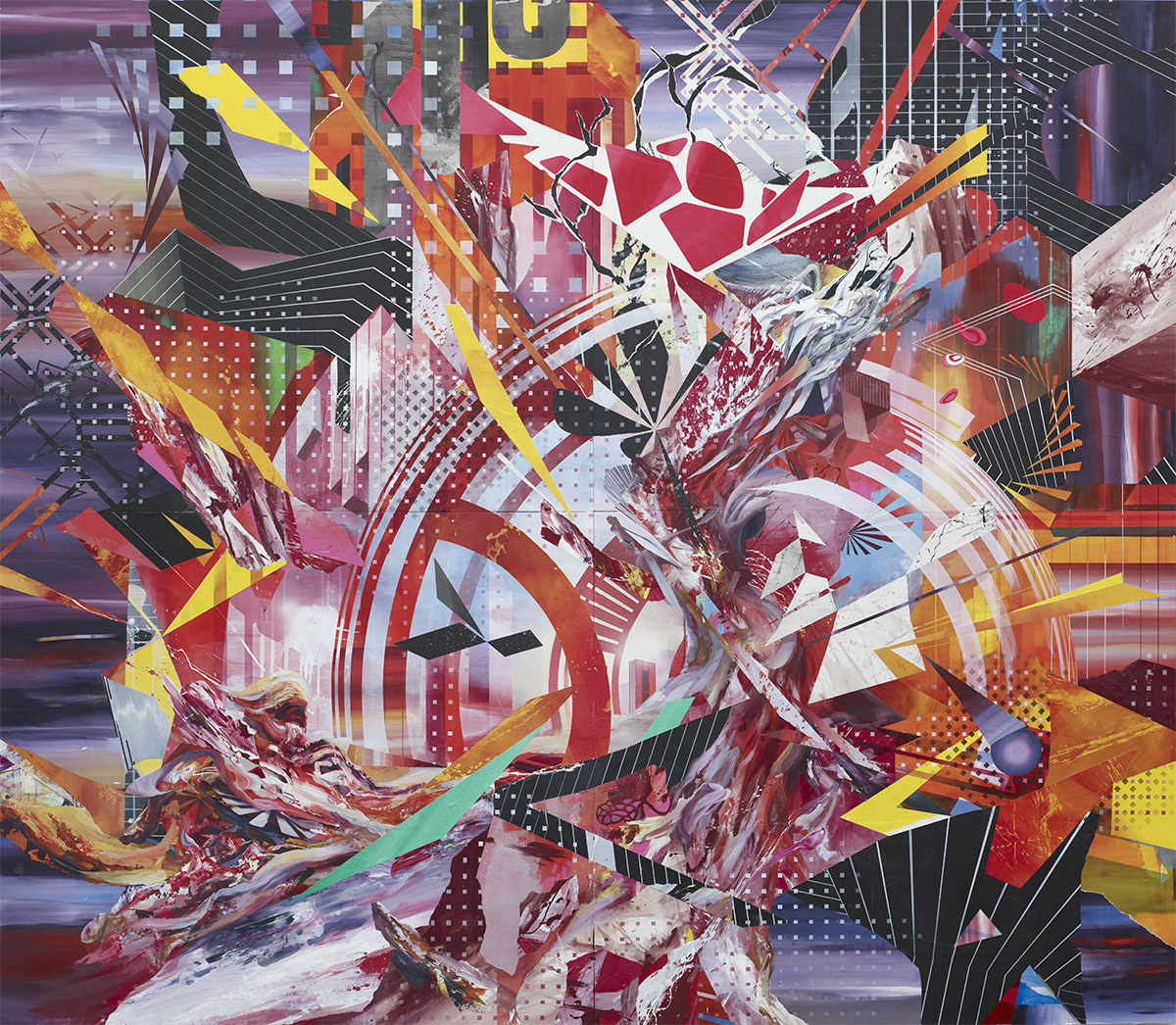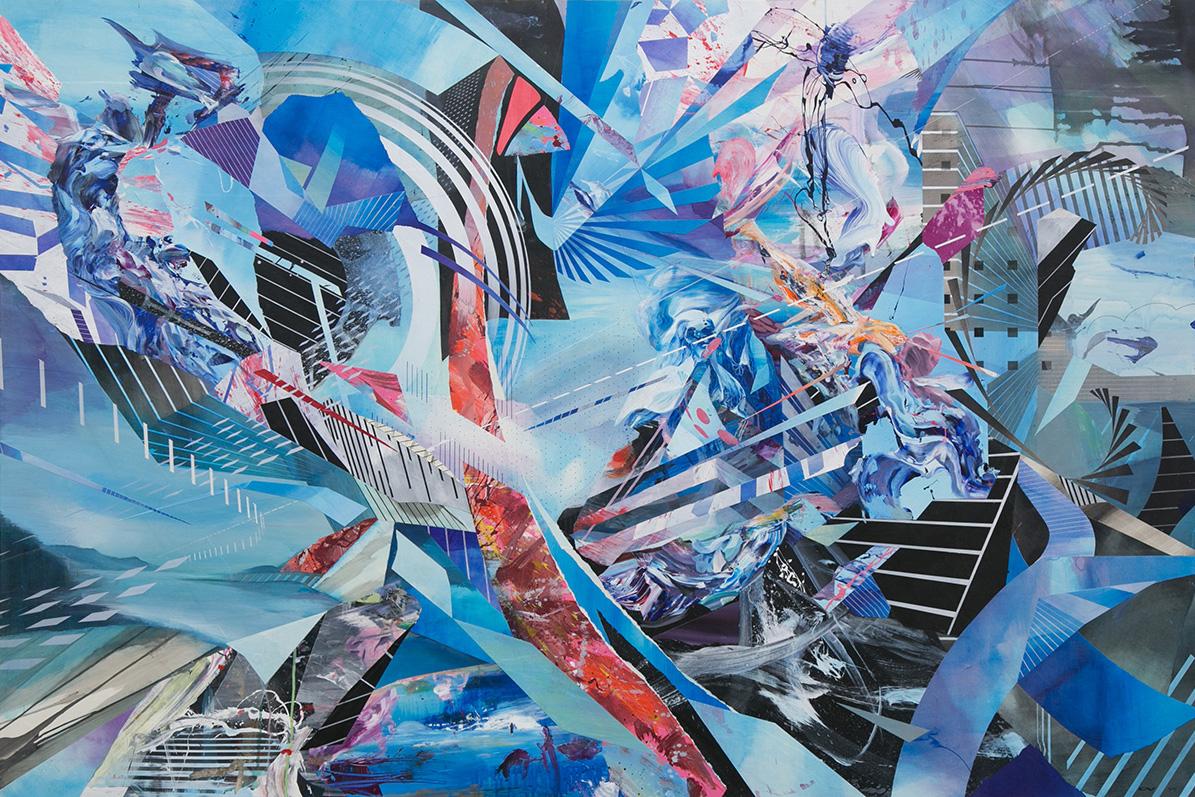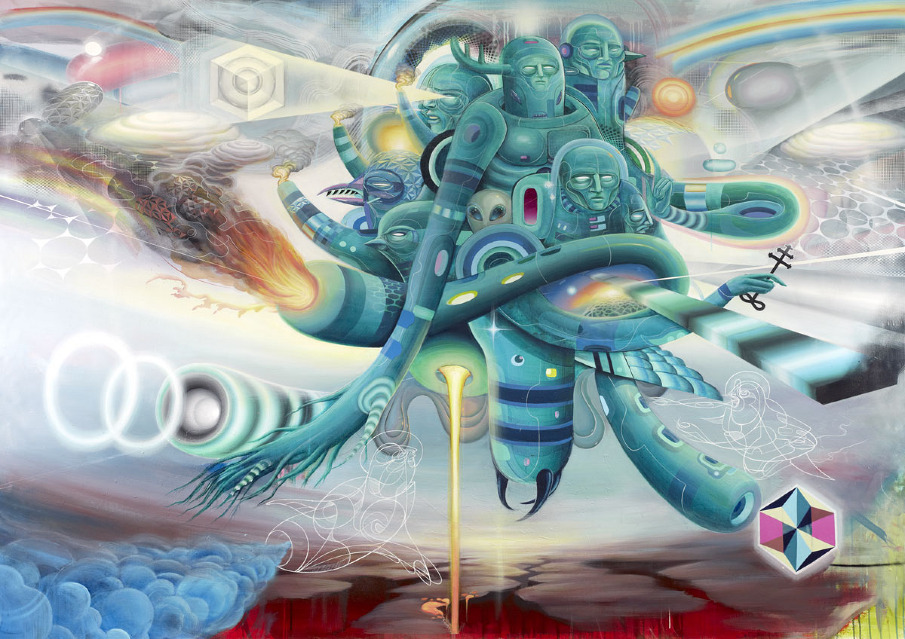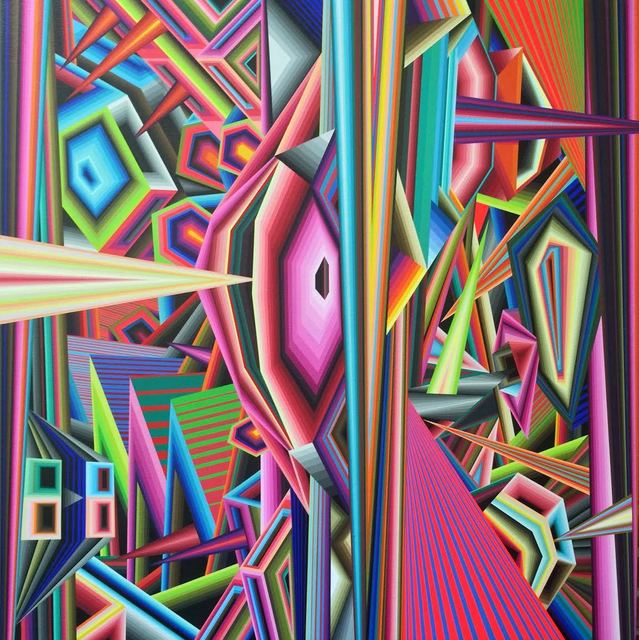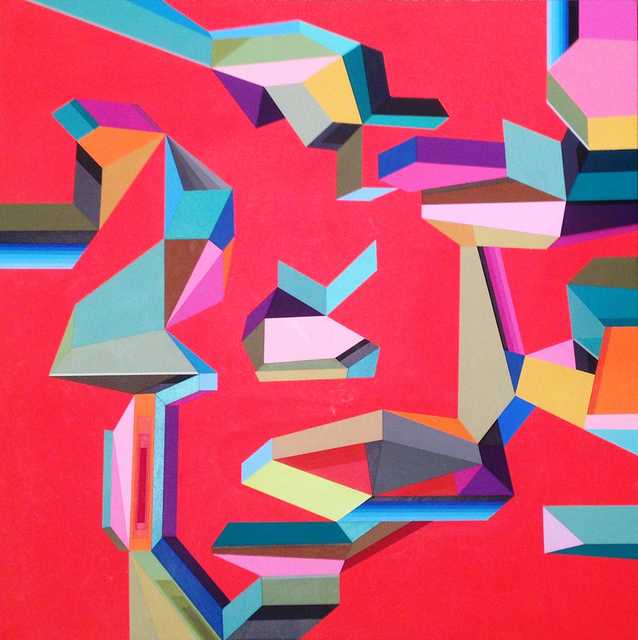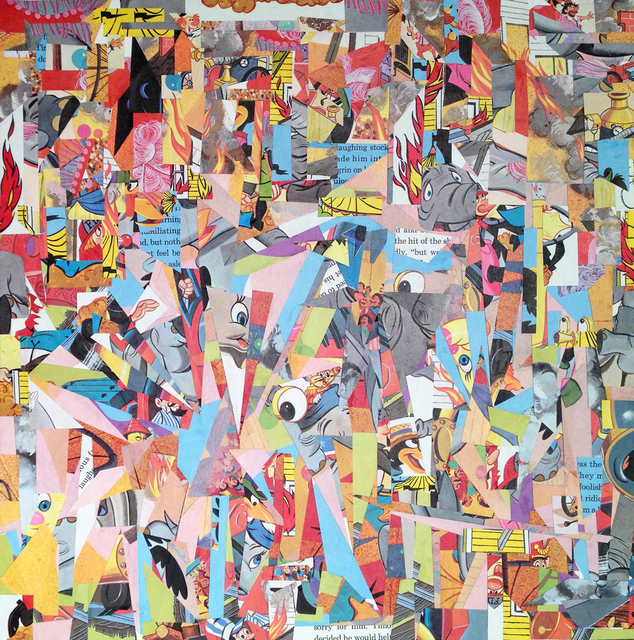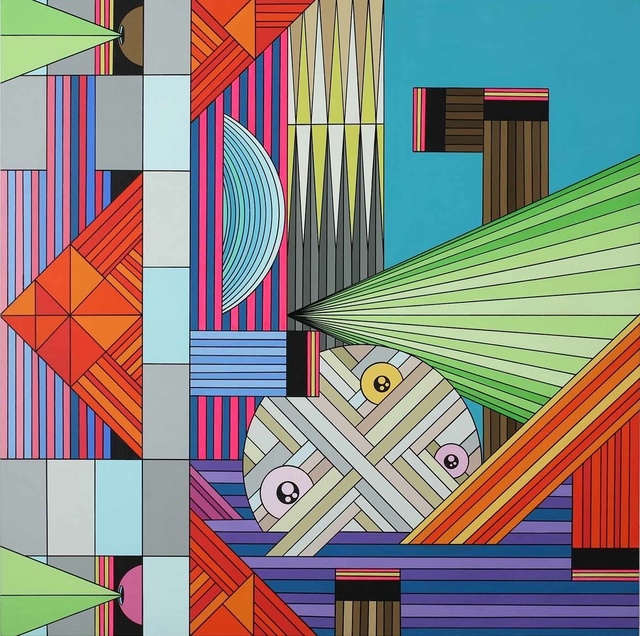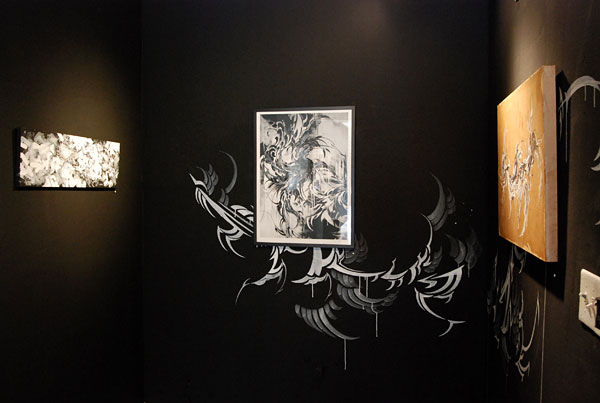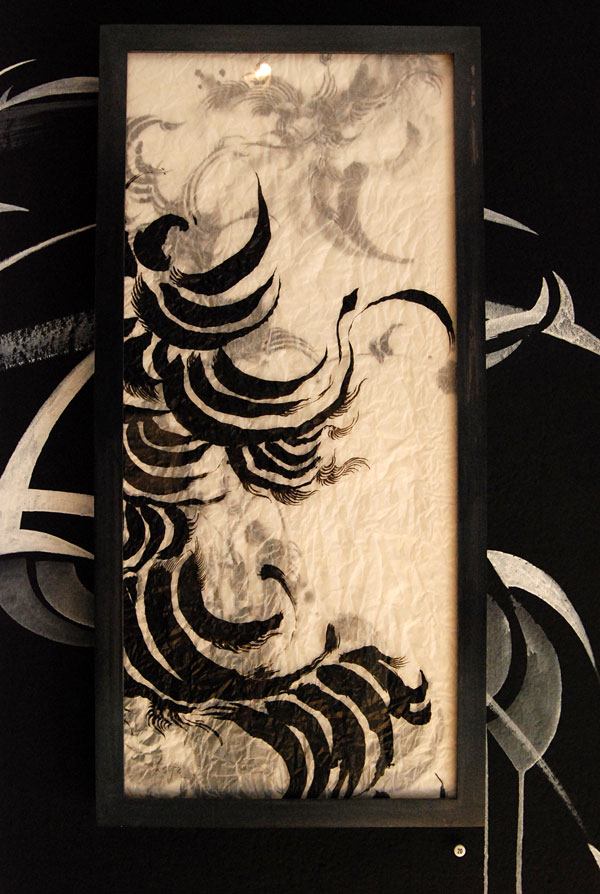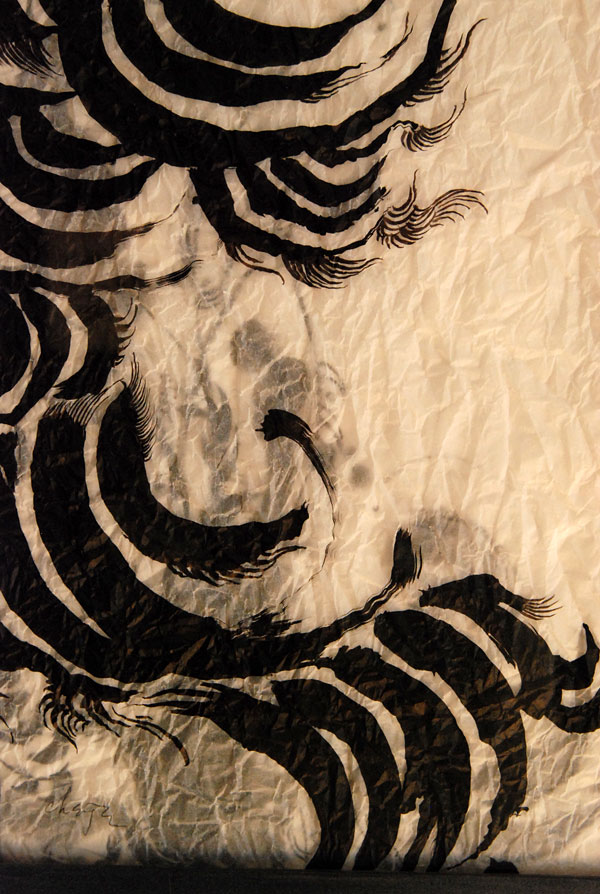(1961, Meskwaki Nation)
Duane Slick’s work takes the form of books, paintings, and prints. In the early 1990s he worked with colorful abstracts and gradually shifted to work that is nearly monochromatic and figurative. Presently his figures can appear transitory, fragmentary and border on the elusive. The theory of absence and presence can be applied to his work.
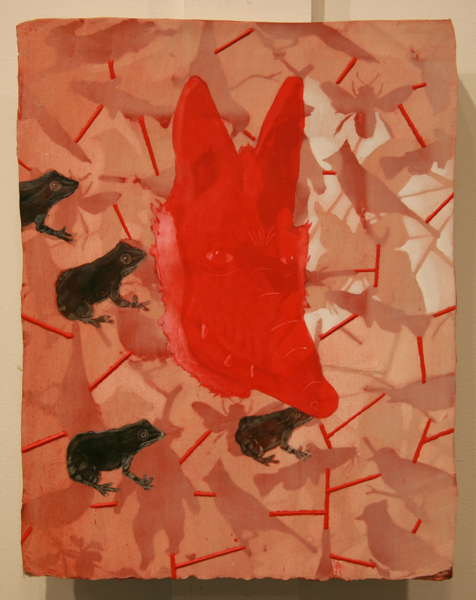
Through the raw shadow of an image, he creates a longing in the viewer to discover, in the hint of it that is left on the surface of the canvas, the actual or absent object. The importance of time, the play between surface and image, are concerns for Slick. The shadow that he captures is the intangible linked to the tangible, as seen in the acrylic-on-linen work White Bird Circuit (2007). Slick is protective of the cultural knowledge acquired from his family; therefore his work can be interpreted as a means to play with reality without specifically naming or giving away information.
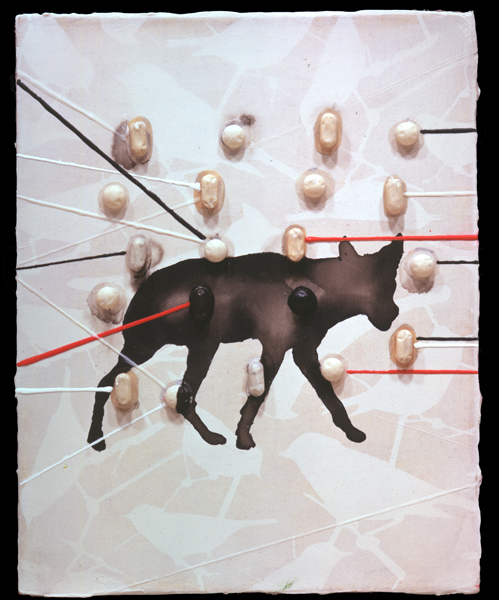
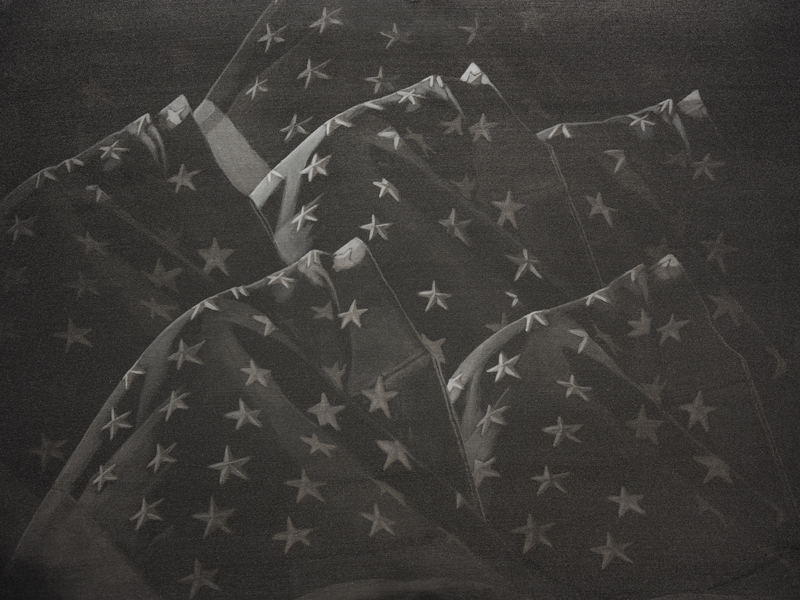
Slick confronts issues of materialism; hence he dematerializes by revealing the essential shape ofan object, symbol or person. The figures in his paintings are taken from shadows that he projects and then traces onto the canvas. Through this process he acquires the intangible (the shape or presence of the object), without giving a literal interpretation of the object itself. He creates through the process of addition and subtraction, by layering and erasure, until the work appears to him complete.
Watch this video by NetWorks Project:

